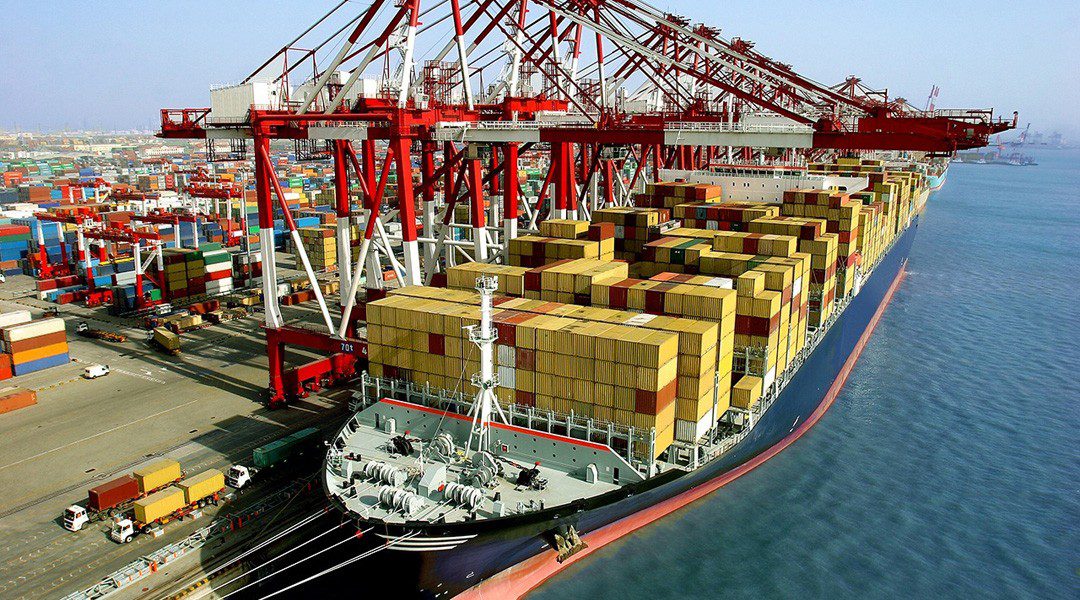“” 
THE impact of air cargo’s ‘black swan’ event – conflict in the Red Sea that disrupted ocean freight, again showed global air freight demand up 11 per cent in April year on year, according Xeneta data, reported the American Journal of Transportation.
Alongside easing in global air freight demand, the injection of extra cargo capacity as airlines launched their summer schedules boosted supply growth by five per cent in April. This placed expected downward pressure on dynamic load factor, dropping from 62 per cent in March to 59 per cent in April.
Dynamic load factor is Xeneta’s measurement of cargo capacity utilisation based on volume and weight of cargo flown alongside capacity available.
In April, year-on-year growth of the global air cargo spot rate turned positive for the first time since August 2022, rising five per cent due to a combination of Middle East conflicts and strong e-commerce demand. As a result, the average global spot rate rose to US$2.59 per kg, its highest level this year. However, this year-on-year growth in global spot rate should be viewed in the context of a weak market in April 2023.
‘In absolute terms, the levels of demand and supply growth are what we expect to see in April after what was a typically strong month of March at the end of Q1. April may well represent an interlude to a quieter period for the air freight market,’ said Niall van de Wouw, Xeneta’s chief air freight officer.
‘The growth in the spot rate was very much driven by regional developments as well as a case of market sentiment tending to follow market fundamentals,’ said Mr Van de Wouw.
‘This is what happens in jumpy market conditions. The freight rate in April was a reaction to high first quarter volumes, but we expect rates to ease.’
Shippers and forwarders coming to terms with delays in ocean freight services due to diversions in the Red Sea will also have an impact on air cargo demand, according to Mr Van de Wouw.
‘We have clearly seen a push for air freight capacity around the Indian subcontinent because of the Red Sea disruption, but this impact is easing as businesses which depend on ocean freight are now planning in longer lead times,’ he said.
‘So, we expect the recent surge in demand for air freight in this region to lessen.’
Zooming in on specific corridors, the China to US market led in terms of freight rate growth in April, jumping 20 per cent month-on-month to US$4.87 per kg. This was followed by outbound freight from the Middle East and Central Asia region.
In April, average spot rates to Europe and the US grew at a similar rate of 18 per cent month-on-month, reaching $3.29 per kg and $4.79 per kg respectively.
The outbound Southeast Asia market followed suit as it is highly sensitive to events in nearby regions. The Southeast Asia to Europe spot rate in April rose by 14 per cent month-on-month in April to $3.06 per kg, while the rate to the US increased 12 per cent to $4.66 per kg.
The Asia Pacific to North America market experienced the largest spot share decline in April at -10 per cent pts compared to a year ago, shrinking its gap with the pre-pandemic level to just +1 per cent pt. Xeneta’s spot rate share refers to the proportion of cargo volumes sold in the spot market.
# air# cargos# black# swan# sees# demand# peak# as# big# change





